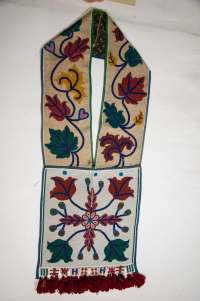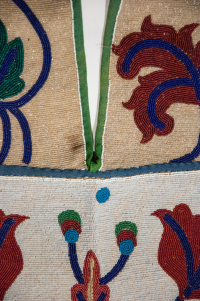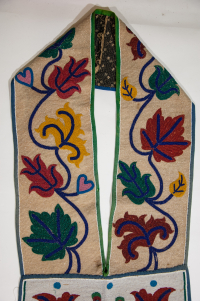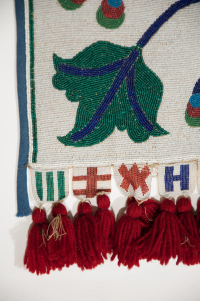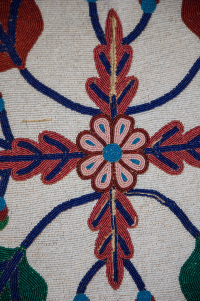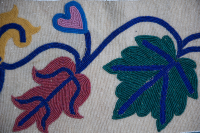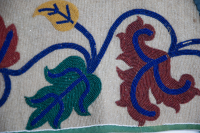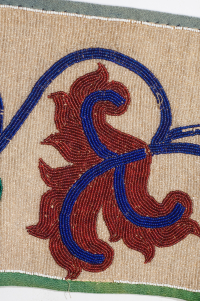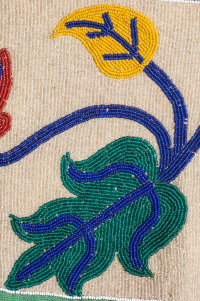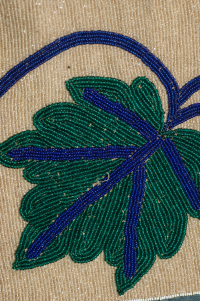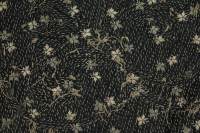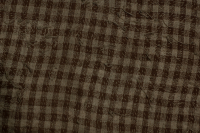Bandolier Bag
Bandolier Bag
Bandolier Bag
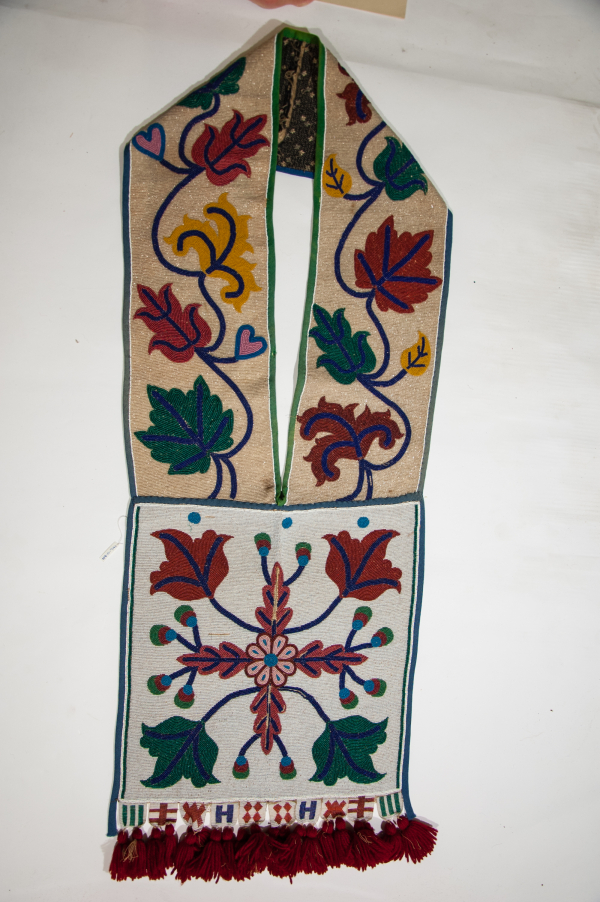
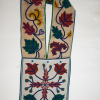
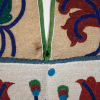
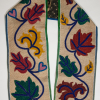
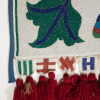
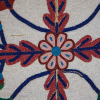
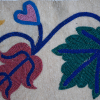
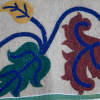
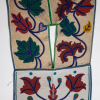
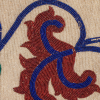
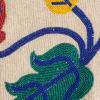
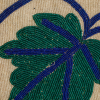
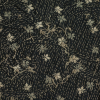

Overlay stitched beaded panels, non-functional pocket with beaded symmetry, edged with green & blue twill tape, 10 geometric tabs with doubled red yarn tassels
Plains Ojibwe?
Based on catalogue record
Read More About This Relative
Fabric, cotton, beige and navy, Thread, commercial, Binding tape, medium blue & medium green, Yarn, wool, red, Glass, seed beads: clear, white (opaque white, opaque oyster), red (transparent crimson, opaque dark pink, opaque dusty rose), yellow (opaque school bus), green (opaque medium green, transparent teal), blue (opaque cerulean, opaque navy).
Non-functional pouch, Handmade, Overlaid spot stitch appliqué beadwork on pouch panel and strap, Ten loom woven tabs with wool tassels.
Floral designed overlaid spot stitch appliqué, multicoloured, symmetrical beadwork, Design set in a background of applied pearlized panel, Three medium blue dots equidistant apart situated above floral designs, Panel bordered vertically by double rows of dark green beads, Entire design outlined with double rows of white beads, Panel bordered with dark blue bias tape which forms tabs at bottom corner, Ten loom woven beaded tabs are attached to bottom of panel to form fringe, Five different geometric designs on pearlized background are repeated from the centre tab out, Pairs of red wool tassels attached to end of each tab, Beige warp threads part of tassel, Beads are opaque and semi-translucent, Strap decorated in multi-coloured curvilinear floral designs on a crystal bead background, Designs differ on each panel, Panels bordered with single row of white beads, Medium green bias tape used for inner edging and centre seam, Outer edging same as panel - dark blue bias tape.
Bandolier bags most likely originated in the Upper Great Lakes region during the 1840s and 1850s. Fashioned exclusively from European materials and adorned with thousands of beads, bandolier bags were primarily for show, as a symbol of identity, wealth and status. Although initially functional, by the late 19th and early 20th centuries many of the bags had false pockets or none at all. Sometimes called "friendship bags", they were often created as gifts to strengthen relationships within communities or between nations. By the 1870s they had become an important element of formal dress worn mainly at ceremonies and celebrations by men, and occasionally by women. They wore them - singly or several at a time - crossed over the torso or draped around the neck. “The wearing of more than one bag was generally the prerogative of a leader or a person of high honour." (McCord, 2013) “Bandoliers were adopted by Ojibwa in 19th century after seeing bullet pouches used by British soldiers. Bullet pouches were plain and decorated with crest or coat of arms. When idea adopted by Ojibwa, they were greatly prized and highly decorated ceremonial accessories. They became so highly prized by Ojibwa and other tribes (especially Sioux), that one bandolier could be traded for one pony. They became a status symbol of highest ranking Midewiwin priests. (Flanders, 1977)
Provenance
Original Owner was was a purchasing agent for Dept. of Indian Affairs and homestead inspector in the Maidstone, Saskatchewan area. While on the road, he assisted in the delivery of a child whose father was a chief. She or her family gave him a gift of 2 bandoliers and 2 pillows for his assistance.
McCord Museum, Wearing Our Identity. Montreal: The McCord Museum, 2013; and “Beads: Their Use By Upper Great Lakes Indians” by Richard Flanders, 1977
Canada Dept. of Indian And Northern Affairs. Central Cree And Ojibwa Crafts, 2, Ceremonial Accessories, 1974, p. 3
Densmore, F., Chippewa Customs. Washington, 1929, pp. 183-194
Lyford, C., Ojibwe Crafts. Stevens Pt., W1., 1982
McCord Museum. Wearing Our Identity. Montreal: The McCord Museum, 2013. Print.
Thompson, J., The North American Indian Collection. A Catalogue. Berne, 1977, p. 209, Illus.
About This GRASAC Record
Manitoba Museum
Content from the Manitoba Museum's catalog records. Uploaded by Orvis Starkweather as part of their summer internship.













 Knowledge Sharing Platform
Knowledge Sharing Platform

